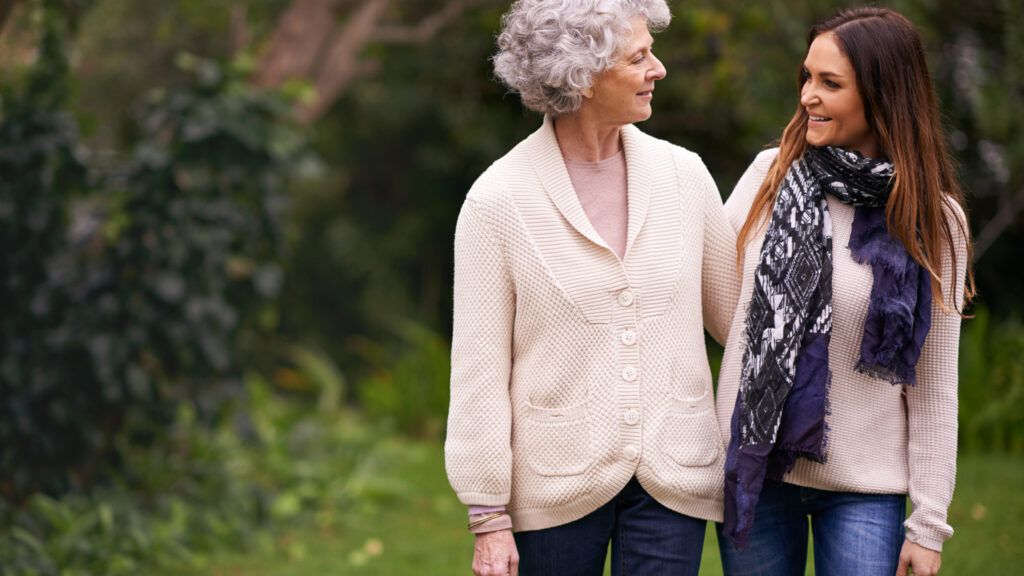This article is based on information provided by Home Instead Senior Care.
Picture yourself at the dinner table with extended family, when your loved one with Alzheimer’s suddenly opens up to share a favorite childhood memory. If you’ve thought ahead, you can grab a video camera or notepad you have on hand and record the story for generations to come. This is only one way to effectively capture the stories of someone who has Alzheimer’s disease or another dementia. You can also draw up a list of questions to ask and then set aside time to record the responses. Playing favorite music from the person’s life, as well as looking at family photos together are other great ways to trigger happy memories for posterity.
To create positive memory-sharing experiences, with an eye to your family member’s cognitive ability level, consider the following tips:
Do bring the whole family into the conversation; Don’t place all the attention on the person with Alzheimer’s.
Someone who has experienced some cognitive decline may feel embarrassed when he or she gets confused and can’t remember an important detail, especially in front of a group of people. If the entire family is telling stories and reminiscing together, don’t single out the person with dementia by asking a detail-oriented question like, “Mom, do you recall how that horse you were riding wound up on top of a boulder with you in the saddle?” Instead, ask a broader, open-ended question like, “Mom, do you have a favorite memory our summer vacations in the mountains?” to encourage sharing without pressure.
Do go through pictures together; Don’t expect the person to know who everyone is.
Instead of pointing to a photo and asking “Do you recognize this person?” you can offer your own commentary: “That looks like Thanksgiving dinner at Grandma and Grandpa’s,” or, “This must be a shot of your wedding party. The bridesmaids are all holding tulips.” If you come across certain photos that spark vivid memories for your family member with dementia, set them aside and keep them handy to revisit often.
Do make your recording sessions conversational; Don’t talk more than you listen.
If you have set up a session to record your loved one’s memories, it’s all right to make it two-sided and bring up your own thoughts as they relate to the person’s stories. But it’s also important not to monopolize the conversation. Even if your family member struggles to find the right words at first or talks very slowly, refrain from interrupting. Your patient listening may be rewarded with a wonderful anecdote or memory.
Do pose specific, personal questions; Don’t demand answers.
If there’s something your family member with dementia can’t remember or doesn’t want to share, accept that and move on. Allow your questions to flow freely from the discussion. It’s okay to probe a little bit for extra details, but don’t interrogate. Remember, you want to facilitate a positive experience for the person, not an uncomfortable one.
Do ask good questions and record the conversation; Don’t press to the point of exhaustion.
If you sense the person with dementia has become tired, frustrated, or eager to change the subject, call it a day. On the other hand, be prepared to continue listening for as long as the person wants to keep sharing. Try not to end the session until you feel like you’ve come to a natural stopping point.
Do focus on select memories and emotions; Don’t expect a journalistic account.
The point of recording these stories is to give your family member with dementia the opportunity to share cherished memories with the people he or she loves. You don’t need to elicit precise facts and details of the person’s life. Activities to capture and preserve memories with your family member living with Alzheimer’s disease or other dementias should focus on what that person can and wants to remember. When you consider your loved one’s limitations and follow along on whatever path he or she takes in response to your questions, you will set the stage for enjoyable and rewarding recording sessions.




